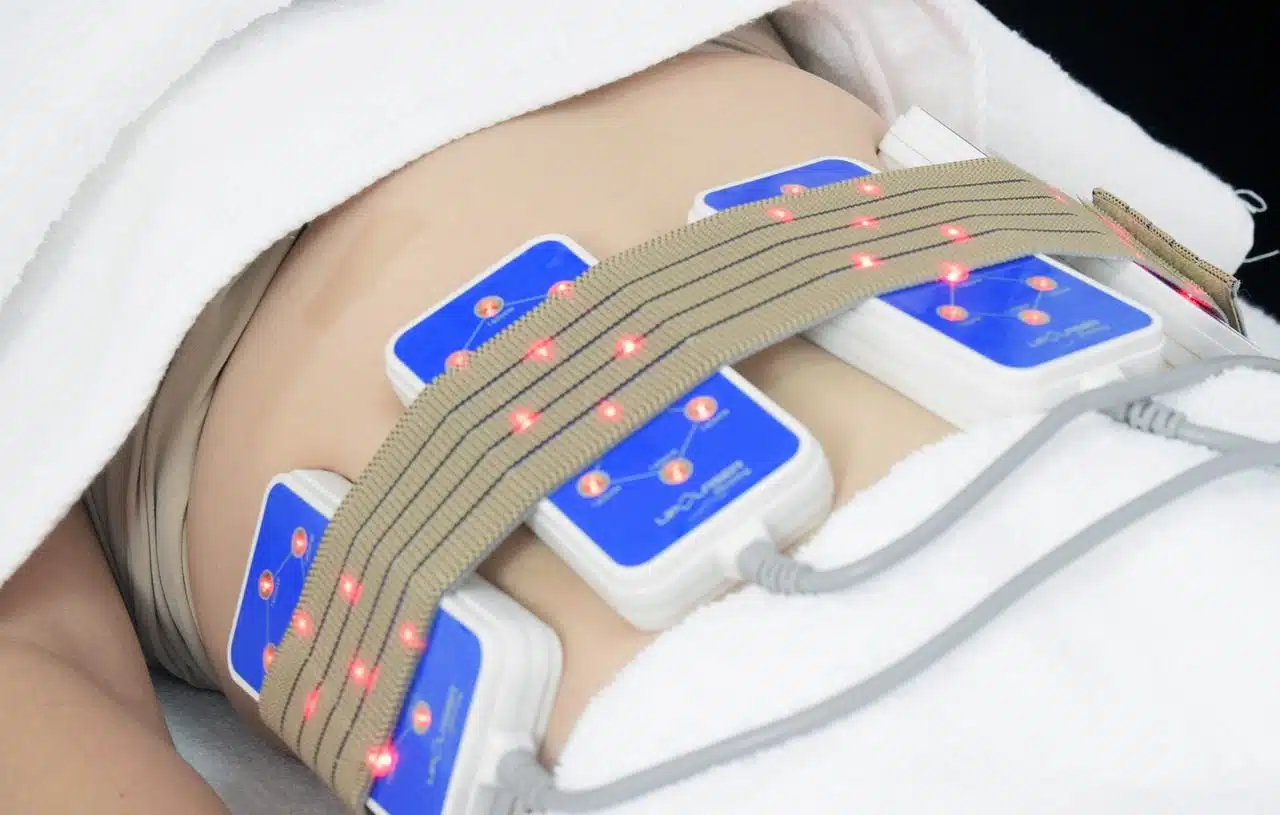
Ultracavitation is based on the use of ultrasound to break down fat cells.
Ultracavitation is a technique used to eliminate body fat . The method is part of aesthetic treatments aimed at modifying the appearance of the legs, abdomen and other regions of the body.
Ultracavitation consists of the use of ultrasound to break down adipocytes ( fat cells). This action causes fatty acids to be released into the blood, traveling through the body through the arteries and veins. These substances are finally eliminated from the body through urine .
Risks of ultracavitation
Due to these characteristics, ultracavitation involves various health risks. It is essential that the patient has optimal functioning of the kidneys and liver for the release of fat to be effective. Those who have diabetes or have a high cholesterol level should not undergo ultracavitation either due to this release of fatty acids in the body.
Pregnant women, for their part, have to avoid ultracavitation since ultrasound can cause damage to the unborn baby. Women who are breastfeeding should not resort to this technique because the fatty acids that are released into the blood can reach the child through breast milk.
People who are in good health and who do not fall into the groups mentioned above also have to take precautions. It is important that you drink large amounts of water before and after the ultracavitation session to eliminate waste through urine.
Specialists recommend that, before undergoing ultracavitation, the interested party consults their trusted doctor so that they can indicate what prior studies should be performed to minimize the risks. Nutritionists, on the other hand, warn that ultracavitation can only work in the short term and for a short time, since it does not attack the causes that cause excessive fat accumulation and overweight .

Ultracavitation allows the development of an aesthetic treatment.
Your benefits
Applying ultracavitation, however, does not entail major complications and, on the other hand, the risks are not many. All of this makes it an attractive procedure for many people. In addition, the benefits it offers are numerous, especially for those who have not dedicated enough time and effort to exercising their bodies and suddenly find themselves with certain areas of fat that are difficult to eliminate.
Let's see below some of the benefits of ultracavitation:
- It can help reduce cellulite by up to 80%.
- Patients can choose which areas to treat, and this is one of the points that make ultracavitation so attractive compared to other techniques.
- It manages to reduce orange peel skin, a condition that affects many people and prevents them from enjoying their body.
- It helps firm the tissue , something very tempting for patients of a certain age.
- The changes can be noticed from the first session:
- The treatment area is kept free of fat:
- The application of ultracavitation is absolutely painless:
- It does not carry significant side effects.
Tips linked to ultracavitation
Returning to the topic of risks, ultracavitation is quite safe but that does not mean that we should not take precautions. In previous paragraphs some of the most common indications are mentioned, and the most important is to go to a specialist to find out if the treatment is appropriate for our body. On the other hand, it is not advisable to perform more than one session a week, nor to subject the affected areas to more than 20 minutes of ultrasonic waves.
Given that science has its limits and that each patient has different physical characteristics, it is recommended to complement ultracavitation with a healthy diet and a good dose of exercise per week, always remembering to keep the body hydrated .
